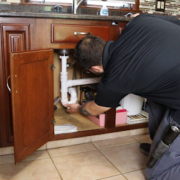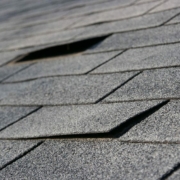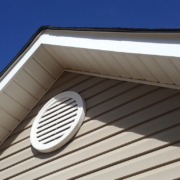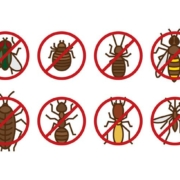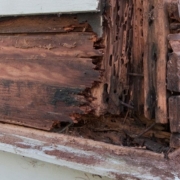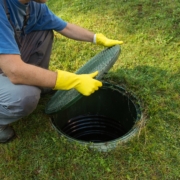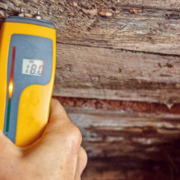You got an inspection when you bought your house, but have you had one since? If the answer is no, you’re not alone. Maybe this blog’s title has you wondering why a homeowner should get a periodic home inspection.
Most homeowners tend to think of inspections as a one-time event, only necessary when purchasing a property. However, this approach can leave your home vulnerable to unnoticed damage, costly repairs, and even safety hazards. Periodic home inspections are an essential part of responsible homeownership, offering peace of mind and financial savings in the long run.
The Importance of Regular Home Inspections
When you bought your house, the initial inspection provided a thorough overview of the property’s condition. It likely highlighted any existing issues, such as plumbing leaks, electrical problems, or structural concerns, allowing you to address them before finalizing the purchase. But homes are not static; they age, and conditions change. Over time, new issues can arise that might go unnoticed until they become significant problems.
Regular home inspections help catch these issues early, preventing small problems from turning into large, expensive ones. A periodic home inspection will evaluate the condition of your home’s key components, such as the roof, foundation, plumbing, electrical systems, and HVAC units. Identifying wear and tear, damage from weather, or other factors before they escalate can save you thousands of dollars in repairs and maintain the value of your property.
Protecting Your Investment
Your home may be your most significant investment. Just as you would perform regular maintenance on your car to keep it running smoothly, your home requires ongoing care to ensure its longevity and functionality. Periodic home inspections are a proactive way to protect this investment.
A small crack in the foundation today could lead to severe structural issues tomorrow. A minor roof leak can cause extensive water damage, mold growth, and compromised air quality if left unchecked. Regular inspections can identify these issues early, allowing you to address them before they worsen. By maintaining the integrity of your home, you not only protect your investment but also increase its resale value.
Ensuring Safety and Peace of Mind
Your home should be a safe haven for you and your family. However, hidden dangers can be hidden behind walls, under floors, or in attics and basements. Electrical wiring that was once up to code may now be outdated or damaged, posing a fire hazard. Plumbing issues can lead to mold growth, which can affect your health. A shifting foundation could compromise the structural stability of your home.
A periodic home inspection is not just about protecting your financial investment; they’re also about ensuring the safety of your loved ones. An inspector will assess the safety of your home’s systems, providing you with peace of mind that your living environment is secure. If any safety concerns are identified, you can take immediate action to rectify them, reducing the risk of injury or illness.
Planning for Future Repairs and Renovations
A periodic home inspection also provides valuable information for planning future repairs or renovations. Understanding the current condition of your home allows you to prioritize repairs based on urgency and budget. For example, if an inspection reveals that your roof is nearing the end of its lifespan, you can start planning and saving for a replacement rather than being caught off guard by an unexpected leak.
Moreover, if you’re considering a renovation, an inspection can provide insight into what areas of your home might need attention first. This proactive approach allows you to plan renovations more effectively, ensuring that any underlying issues are addressed before you invest in cosmetic upgrades.
How Often Should You Get an Inspection?
The frequency of inspections depends on several factors, including the age of your home, the climate in your area, and any recent renovations or repairs. As a general rule of thumb, a full home inspection should be conducted every three to five years. However, certain components, such as the roof or foundation, may require more frequent inspections, especially if your home is older or located in an area with extreme weather conditions.
In addition to these regular inspections, it’s wise to have your home inspected after any major events, such as a severe storm, earthquake, or flood, to assess any potential damage.
Conclusion
A periodic home inspection is an important part of homeownership, offering numerous benefits that extend beyond just identifying problems. They help protect your investment, ensure the safety of your home, and provide peace of mind. By staying proactive with regular inspections, you can address issues early, comply with insurance requirements, and plan for future repairs or renovations. Don’t wait until a minor issue becomes a major problem. Schedule a periodic home inspection today to keep your home in top condition for years to come.

